Resources
The capstone course is supposed to serve as the final building block of our students’ education. Faculty in the religious studies department at Hendrix College felt the need to supplement the capstone metaphor with an additional one: “springboard.” We wanted to connect with recent trends in higher education that help students understand the ways in which they are prepared for employment and for life. To this end, we developed a senior colloquium course that integrates the various educational experiences of the students and, in partnership with our career services department, springboards them into their future lives. This article explains the process we went through and the three content areas covered in the course: intellectual autobiography, career preparation, and the research project.
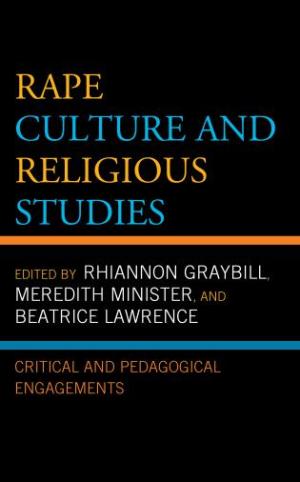
Rape Culture and Religious Studies: Critical and Pedagogical Engagements stages a critical engagement between religious texts and the problem of sexual violence. Rape and other forms of sexual violence are widespread on college and university campuses; they also occur in sacred texts and religious traditions. The volume addresses these difficult intersections as they play out in texts, traditions, and university contexts. The volume gathers contributions from religious studies scholars to engage these questions from a variety of institutional contexts and to offer a constructive assessment of religious texts and traditions. (From the Publisher)
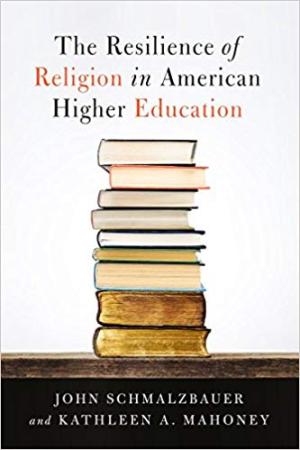
A well-worn, often-told tale of woe. American higher education has been secularized. Religion on campus has declined, died, or disappeared. Deemed irrelevant, there is no room for the sacred in American colleges and universities. While the idea that religion is unwelcome in higher education is often discussed, and uncritically affirmed, John Schmalzbauer and Kathleen Mahoney directly challenge this dominant narrative. The Resilience of Religion in American Higher Education documents a surprising openness to religion in collegiate communities. Schmalzbauer and Mahoney develop this claim in three areas: academic scholarship, church-related higher education, and student life. They highlight growing interest in the study of religion across the disciplines, as well as a willingness to acknowledge the intellectual relevance of religious commitments. The Resilience of Religion in American Higher Education also reveals how church-related colleges are taking their founding traditions more seriously, even as they embrace religious pluralism. Finally, the volume chronicles the diversification of student religious life, revealing the longevity of campus spirituality. Far from irrelevant, religion matters in higher education. As Schmalzbauer and Mahoney show, religious initiatives lead institutions to engage with cultural diversity and connect spirituality with academic and student life, heightening attention to the sacred on both secular and church-related campuses. (From the Publisher)
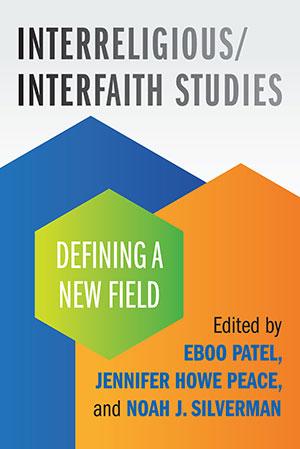
Click Here for Book Review As it is now backed by an impressive number of courses, academic programs and centers, faculty positions, journals and publications, funding, and professional partnerships, there is no longer a question as to whether the interreligious/interfaith field exists. But its meaning and import are still being debated. How is this field distinct from, yet similar to, other fields, such as religious or theological studies? What are its signature pedagogies and methodologies? What are its motivations and key questions? In other words, what is the shape of interfaith and interreligious studies, and what is its distinct contribution? These questions are the driving force behind this anthology. (From the Publisher)
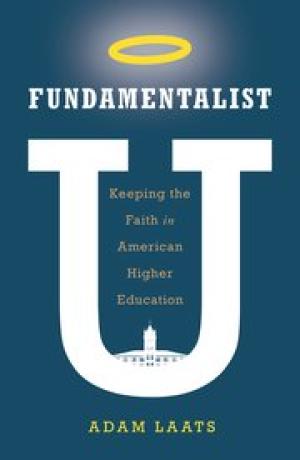
Click Here for Book Review Colleges, universities, and seminaries do more than just transfer knowledge to students. They sell themselves as "experiences" that transform young people in unique ways. The conservative evangelical Protestant network of higher education has been no different. In the twentieth century, when higher education sometimes seemed to focus on sports, science, and social excess, conservative evangelical schools offered a compelling alternative. On their campuses, evangelicals debated what it meant to be a creationist, a Christian, a proper American, all within the bounds of Biblical revelation. Instead of encouraging greater personal freedom and deeper pluralist values, conservative evangelical schools thrived by imposing stricter rules on their students and faculty. In Fundamentalist U, Adam Laats shows that these colleges have always been more than just schools; they have been vital intellectual citadels in America's culture wars. These unique institutions have defined what it has meant to be an evangelical and have reshaped the landscape of American higher education. Students at these schools have been expected to learn what it means to be an educated evangelical in a secularizing society. This book asks new questions about that formative process. How have conservative evangelicals hoped to use higher education to instill a uniquely evangelical identity? How has this identity supported the continuing influence of a dissenting body of knowledge? In what ways has it been tied to cultural notions of proper race relations and proper relations between the sexes? And perhaps most important, how have students responded to schools' attempts to cultivate these vital notions about their selves? (From the Publisher)
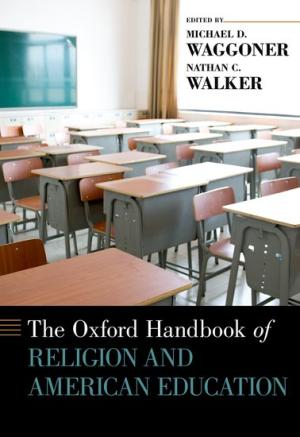
From the founding of Harvard College in 1636 as a mission for training young clergy to the landmark 1968 Supreme Court decision in Epperson v. Arkansas, which struck down the state's ban on teaching evolution in schools, religion and education in the United States have been inextricably linked. Still today new fights emerge over the rights and limitations of religion in the classroom. The Oxford Handbook of Religion and American Education brings together preeminent scholars from the fields of religion, education, law, and political science to craft a comprehensive survey and assessment of the study of religion and education in the United States. The essays in the first part develop six distinct conceptual lenses through which to view American education, including Privatism, Secularism, Pluralism, Religious Literacy, Religious Liberty, and Democracy. The following four parts expand on these concepts in a diverse range of educational frames: public schools, faith-based K-12 education, higher education, and lifespan faith development. Designed for a diverse and interdisciplinary audience, this addition to the Oxford Handbook series sets for itself a broad goal of understanding the place of religion and education in a modern democracy. (From the Publisher)
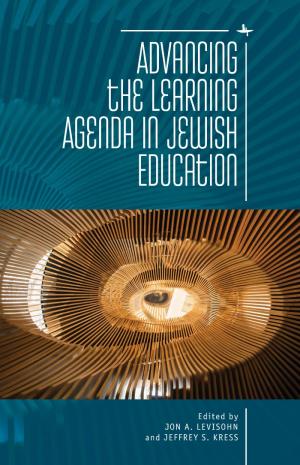
Jewish educational projects and programs are thriving, attracting philanthropic support for exciting and creative approaches in every sector and setting. But underneath that energy, we are not as clear as we ought to be about desired outcomes, the kinds of learning needed to achieve these, and how those kinds of learning actually occur. This volume is the first of its kind to bring together scholars from inside Jewish education and from the learning sciences. It offers a set of critical perspectives on learning, sometimes borrowing models from other domains (such as science) and sometimes examining specific domains within Jewish education (such as havruta learning or the learning of Jewish history). Collectively, these contributions help to advance a smarter, sharper conversation about Jewish learning that matters. (From the Publisher)
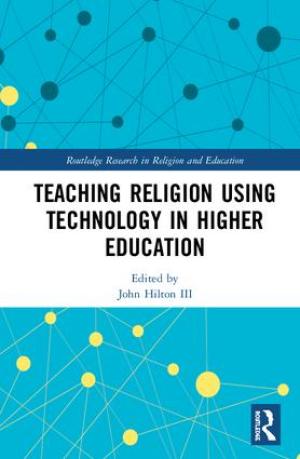
Click Here for Book Review This edited collection helps those teaching religion in higher education utilize technology to increase student learning both inside and outside of the classroom. Recent times have seen major technological shifts that have important implications for how religion is taught at a post-secondary level. Providing multiple perspectives on a range of topics—including social media use and interactive classroom learning —this book presents a series of original case studies and insights on how technology can be used in religion classes in higher education to improve student learning. (From the Publisher)